8 of the best British DACs of all time
Digital-to-analogue conversion done by the best of British

DACs don’t necessarily get all the headlines when we’re talking hi-fi. Stereo speakers and integrated amplifiers are a little sexier, that’s for sure, but don’t underestimate the importance of a good digital-to-analogue convertor.
They exist in a lot of products we use day-to-day and we’ve tested our fair share over the years, from traditional standalone separates to more modern DACs, complete with digital inputs and a built-in headphone amplifier.
And, it’s fair to say British manufacturers have had quite an impact in this particular market. We've seen some of the best DACs to have blown us away over the years come from UK shores, many of which have walked away with multiple, coveted What Hi-Fi? Awards. You'll find those and more below, in our list of the best British DACs we’ve had the pleasure of testing in recent years…
- Read our British Hi-Fi Week 2023 news, reviews and features
- 8 most exciting British hi-fi products launching in 2023
- The 12 best Radiohead songs to test your hi-fi system
dCS Lina DAC (2023)
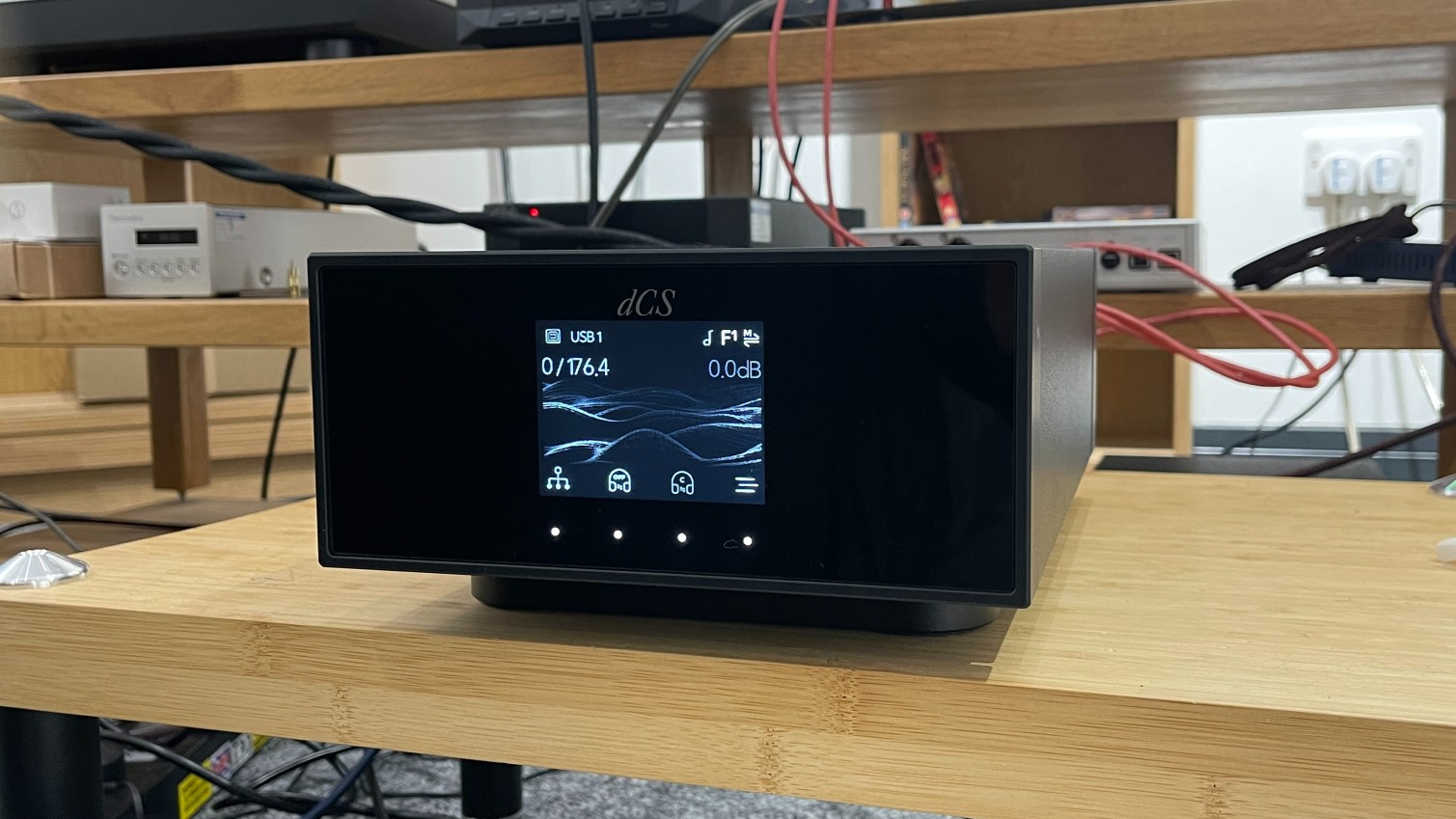
We'd normally describe a product like the dCS Lina DAC as a music streamer instead of a DAC, but the Lina deserves a place in this list because of its amazing sonic abilities. Granted there are cheaper DACs out there, but it is entry-level by dCS' high-end standards. The DAC remains honest and truthful to the original recording at all times – as we said in our review, it's "an organised and controlled performer that ticks every box when it comes to the mechanics of hi-fi" and had no problems slotting into our reference hi-fi system. Add the convenience of a hugely capable streaming module and you've got quite the British proposition.
MORE: read our dCS Lina DAC review
dCS Rossini Apex DAC (2022)

We called the dCS the "most capable digital-to-analogue converter we’ve ever reviewed". So, you can understand why it needs to be on this particular list. Sure, at £26,775 ($32,800 / AU$46,995) it isn't cheap, but this kind of quality rarely is. It's actually described as an upsampling network DAC which means streaming abilities are also there to be enjoyed, courtesy of a streaming module, but, there's no doubt this DACs primary focus is on conversion. The sense of scale, transparency and its stunning rhythmic skills need to be heard to be believed. A stunning performer.
MORE: read our dCS Rossini Apex DAC review
The latest hi-fi, home cinema and tech news, reviews, buying advice and deals, direct to your inbox.
Chord Mojo 2 (2022)
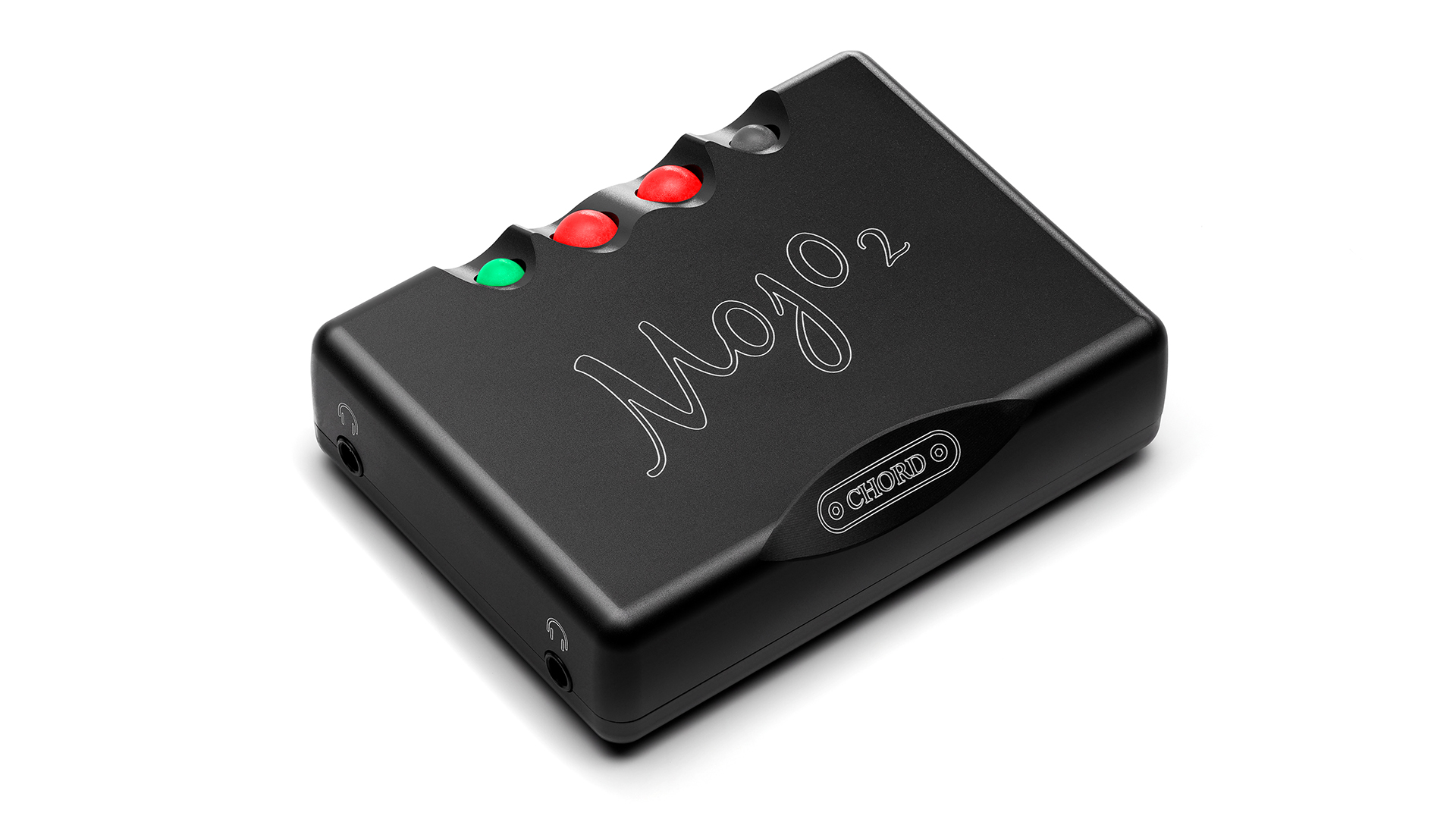
Mojo stands for ‘Mobile Joy’ and boy does it deliver exactly what it says on the box. The original was brilliant (see below) but unlike a lot of sequels, the second coming was even better. It took the benchmark set by its predecessor to a whole new level. Mojo 2 introduced a new, powerful ‘UHD DSP’, a faster, more efficient charging system and added USB-C to its list of inputs. Not only that, the sound quality was improved in virtually every area. A bigger soundstage, more detail, extra dynamic subtlety and a greater sense of refinement all combine to make this an easy recommendation at its price level.
MORE: read our Chord Mojo 2 review
Chord Qutest (2018)
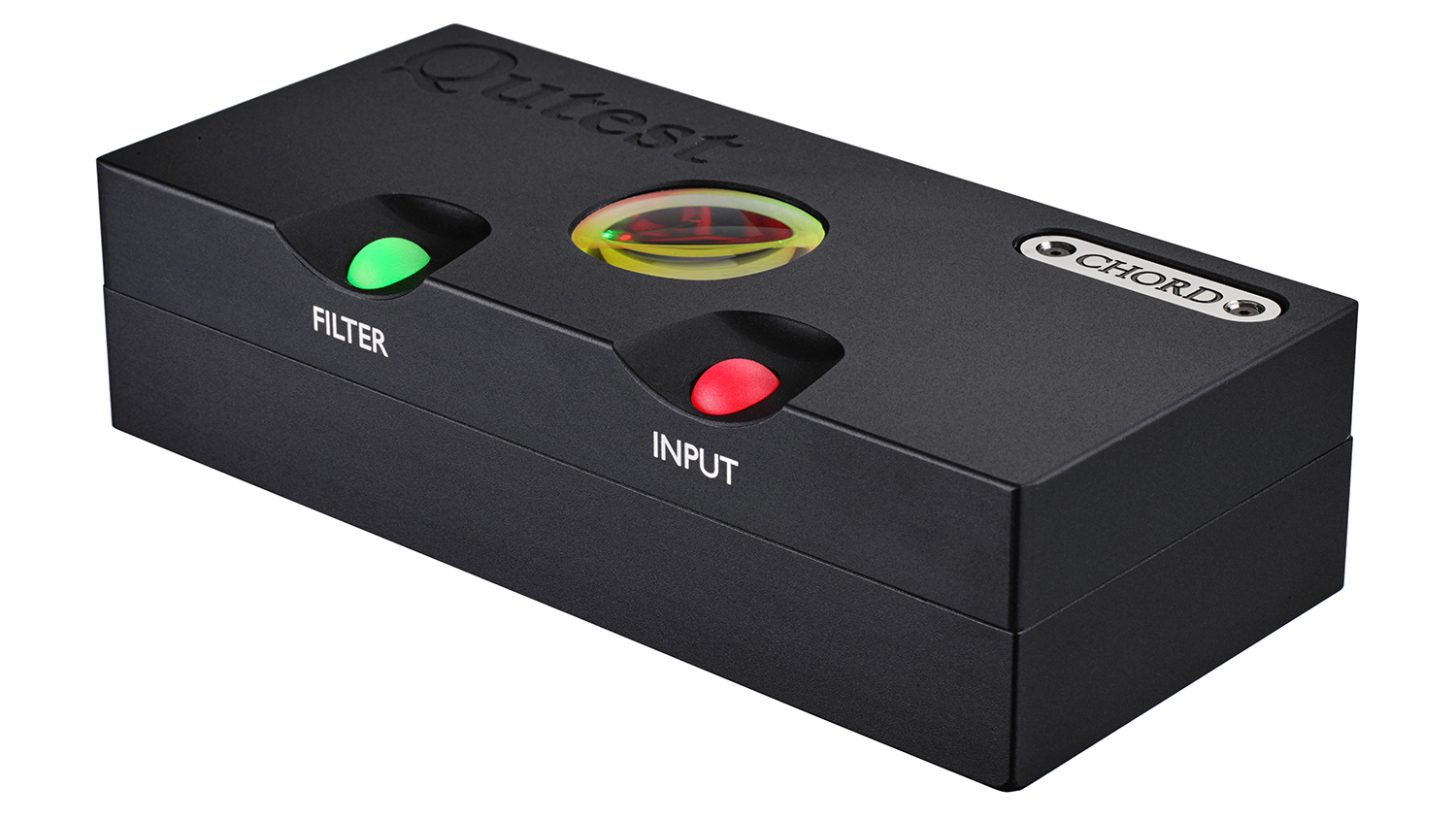
If you’re not looking to plug in a pair of headphones and just want a standalone DAC between your digital source and amplifier, then Chord has a product that fits the bill perfectly. The Qutest is largely based on the Hugo 2, which features below. It keeps the same DAC architecture, software coding and filters but loses the headphone amp and rechargeable batteries. So you can probably guess how it performs. In our review, we highlighted its “rhythmic mastery” and the fact it’s “as happy rocking out to tumultuous tunes as it is rolling with classical compositions”. It’s a brilliant DAC that to this day struggles to be beaten.
MORE: read our Chord Qutest review
Chord Hugo 2 (2017)

The Hugo 2 was another update to a class-leading DAC/headphone amplifier that took performance to a whole new level. It’s a quirky design (it’s not the most portable DAC/headphone amp we’ve seen) that takes some getting used to, thanks to the use of colour to communicate what it’s doing and the signals it’s receiving. Once you’ve acclimatised, though, you’re treated to a fantastically musical performance, whether you’re listening through the headphone amplifier or using it between source and amp as part of a more traditional separates system. Chord’s super-charged and bespoke FPGA (Field Programmable Gate Array) does the number-crunching with hugely impressive results.
MORE: read our Chord Hugo 2 review
Chord Mojo (2015)
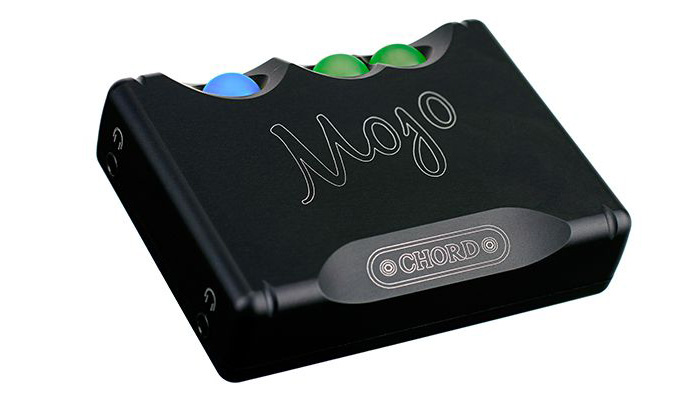
The original Mojo arrived back in 2015 and it changed the game for DACs/headphone amps. By Chord’s standards, it was an entry-level product with a more minimalist design than we’d seen from the brand. Its footprint was barely larger than a credit card. Yet, despite its small size, Mojo packed a serious punch, producing one of the most informative, subtle and dynamic sounds we’d heard from a DAC/headphone amp at its price point. It boasted a good range of connections, solid build quality and eight-hour battery life for anyone wanting to take it on the move.
MORE: read our Chord Mojo review
Arcam irDAC (2013)
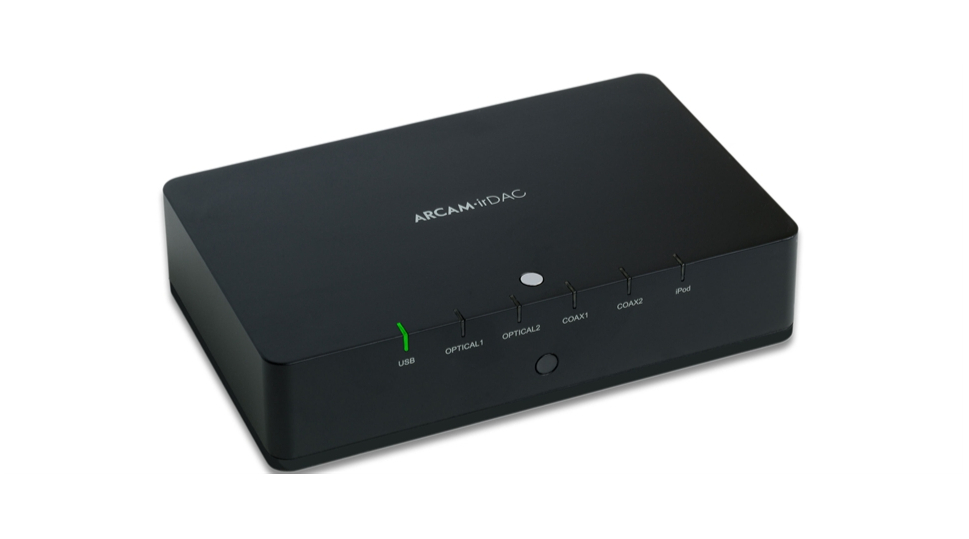
In 2013, Arcam produced the irDAC, a fantastic box of digital tricks that took some design cues from the company’s high-end FMJ D33 converter. It offered a suite of digital connections, including an asynchronous Type-B USB input and a Type-A connector that allowed you to feed digital music files from an iPod. Remember those! The “i” in irDAC wasn’t related to its Apple support but the fact a remote control came in the box. And it’s fair to say we were huge fans of the level of performance on offer. In our review we said, “across all inputs, this small black box gives music a quite breathtaking sense of rhythm”.
MORE: read our Arcam irDAC review
Naim DAC-V1 (2013)

Naim wasn't among the first brands to embrace the world of DACs but when it finally brought out the original Naim DAC in 2010 it served up something pretty special. The DAC-V1 was its successor which arrived in 2013 and added a headphone amplifier and asynchronous USB port to connect straight to your laptop. The half-rack design meant it was great for desktop use and it was topped off with Naim's trademark and distinctive green and black styling. It also delivered Naim's signature sound with a beautiful balance of drive and finesse aided by its superb sense of rhythmic ability. A fantastic five-star performer.
MORE: read our Naim DAC-V1 review
Andy is Deputy Editor of What Hi-Fi? and a consumer electronics journalist with nearly 20 years of experience writing news, reviews and features. Over the years he's also contributed to a number of other outlets, including The Sunday Times, the BBC, Stuff, and BA High Life Magazine. Premium wireless earbuds are his passion but he's also keen on car tech and in-car audio systems and can often be found cruising the countryside testing the latest set-ups. In his spare time Andy is a keen golfer and gamer.

